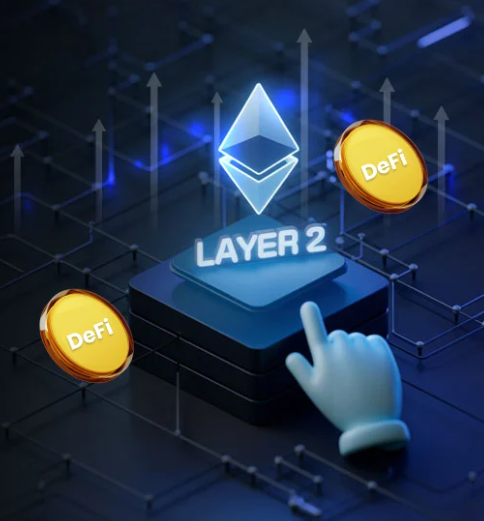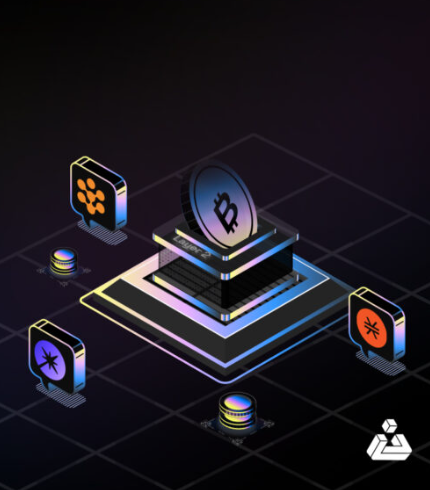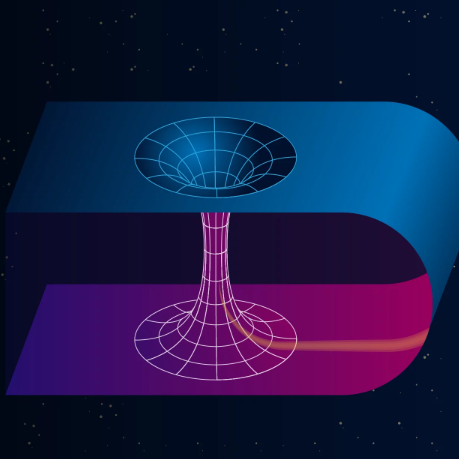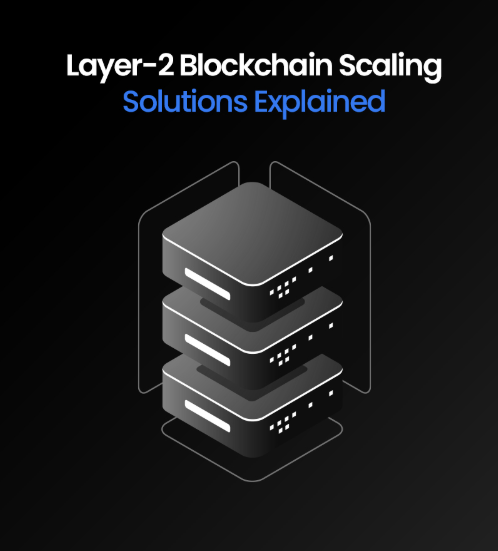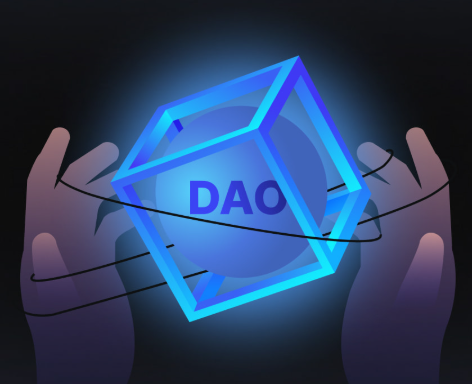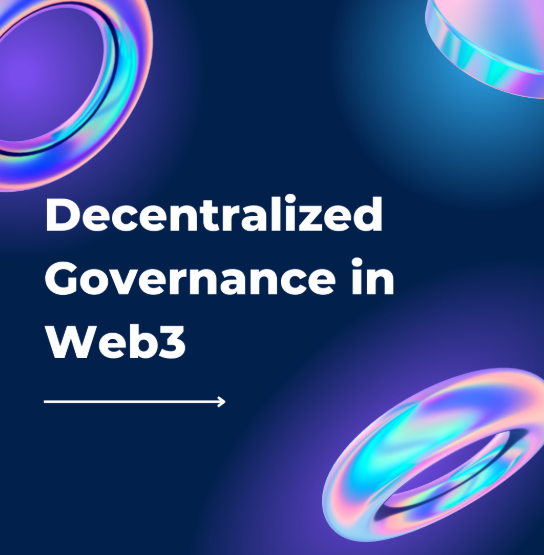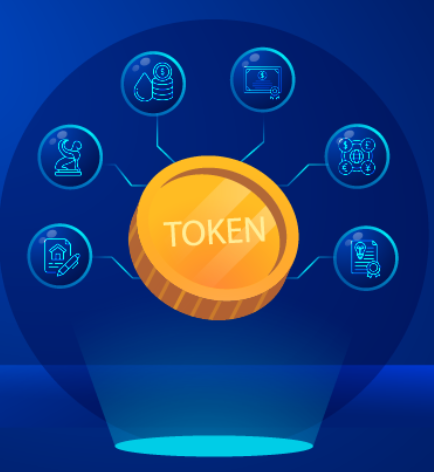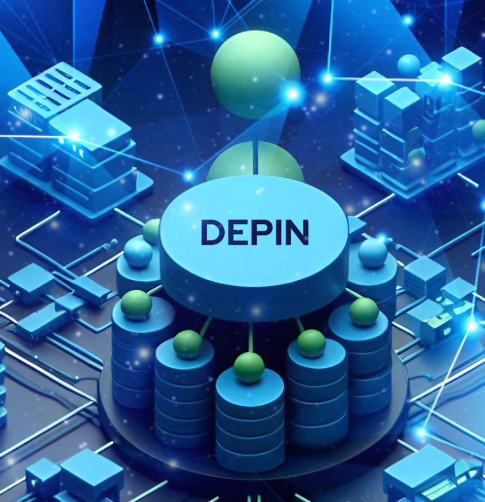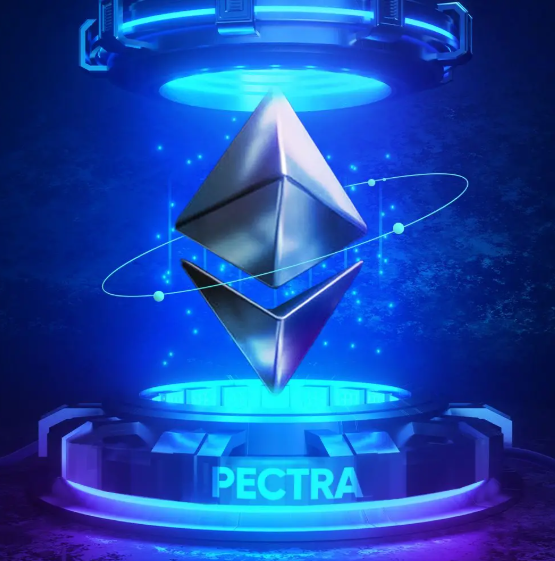
Starknet, a zk-rollup layer-2 solution for Ethereum, witnessed rapid growth and increased activity through 2023. Known for its STARK proof technology, it quickly attracted users and developers eager to leverage its capabilities and the excitement surrounding its rumored token. By late 2023, the network was seeing more than 100,000 daily active addresses on-chain. This surge was fueled partly by speculation about an airdrop, as users flocked to decentralized applications (dApps) like JediSwap in hopes of qualifying. At its peak, Starknet saw daily fees exceeding $200,000, highlighting the robust activity and relatively high gas costs for the rollup.
However, this period of success was short-lived, and Starknet’s fortunes changed dramatically following the airdrop, demonstrating the challenges in building long-term sustainable growth.
The Airdrop and the Immediate Aftermath
The much-anticipated STRK token airdrop, launched on February 20, 2024, distributed 10% of the total supply (about 728 million STRK tokens) to over 1.3 million eligible addresses. Initially, the network saw a huge spike in activity, with daily active users reaching 380,000. But after the airdrop, this excitement quickly turned into a sharp decline. Within a week, daily active users plummeted to 43,000, and by mid-April, that number had further dropped to about 20,000—a staggering 80–90% decrease.
Several factors contributed to this collapse. First, a significant portion of the user base had been speculative airdrop hunters, engaging in Sybil behavior—creating multiple wallets or executing repetitive tasks just to qualify for the airdrop. Once they had claimed their tokens, they lost interest and left. Starknet also tightened eligibility criteria right before the airdrop, leading to the disqualification of many participants, further diminishing the user base.
Second, the dApps on Starknet, which had experienced high levels of usage leading up to the airdrop, saw their activity dwindle significantly after the event. Liquidity and transaction volumes vanished, leaving developers and projects without the users they had expected. Even the “DeFi Spring” program, designed to encourage liquidity mining with 40 million STRK tokens, could not sustain the network’s activity.
The Collapse of Fee Revenue
Along with the drop in user activity, Starknet’s fee revenue suffered a dramatic decline. In the months leading up to the token launch, the network was one of the top Layer-2 (L2) solutions in terms of fee revenue, competing with Arbitrum’s fee levels. However, after the airdrop, fees collapsed, reflecting the massive drop in activity. By April 2024, daily fees had fallen to just $3,000, and by early 2025, this had dwindled to a few hundred dollars—around 99% less than at its peak. Despite reduced gas costs on Starknet, the primary reason for the fee drop was the lack of continued user engagement.
Why the Airdrop Derailed Starknet’s Growth
The core issue with Starknet’s post-airdrop collapse lies in the discrepancy between inorganic activity and organic community engagement. Much of the network’s activity had been driven by airdrop hunters rather than long-term users interested in the platform’s technology. After the airdrop, these speculators quickly exited, and the true Starknet user base was revealed to be smaller than anticipated.
This issue was compounded by community backlash over the airdrop’s design. Many users felt alienated by the eligibility requirements and the distribution process, which led to widespread negative sentiment. The result was a significant loss of confidence among both users and developers. Some developers began reconsidering their efforts to build on Starknet, especially as the network’s user base shrank and dApps struggled to attract traffic.
Comparing Starknet’s Decline to Other Layer-2 Networks
In contrast to Starknet’s post-airdrop collapse, other Layer-2 solutions like Arbitrum and Optimism managed to maintain growth after their token launches. Arbitrum, for example, saw sustained growth in user activity and transaction volume after its airdrop in March 2023. This success was attributed to a strong ecosystem of popular dApps and an active community that remained engaged long after the token distribution. In fact, Arbitrum’s sequencer revenues continued to rise, showing a steady demand for its network.
Similarly, Optimism’s strategic approach to long-term growth helped it build a loyal user base. By introducing ongoing incentive programs such as Optimism Quests and Builder Rewards, Optimism kept users and developers engaged beyond the initial airdrop. This focus on building a strong ecosystem rather than relying solely on one-off events helped Optimism thrive.
The Role of Developer Engagement and Ecosystem Growth
Starknet’s experience underscores the importance of developing a sustainable ecosystem, with a particular focus on engaging developers and fostering real use cases. To recover and ensure lasting growth, Starknet must prioritize developer support and engagement. This could include increasing funding for grants and hackathons, improving documentation, and potentially introducing more familiar programming languages to make it easier for developers to build on the platform. Starknet could also adopt incentive structures that reward developers based on the usage and success of the apps they build, rather than just upfront funding.
In addition to developer engagement, Starknet must focus on cultivating “killer apps” that provide genuine value to users. These could be applications that leverage Starknet’s unique zk-rollup technology, such as privacy-preserving applications, complex gaming platforms, or innovative DeFi protocols that are better suited for Starknet’s capabilities. Starknet should work closely with existing projects like JediSwap and zkLend to revitalize their growth and bring users back.
Governance and Community Ownership
A crucial part of building a sustainable ecosystem is empowering the community. Starknet’s STRK token is designed for governance and staking, but the community has felt disconnected from the decision-making process. To regain trust, Starknet should involve the community in key decisions, such as the design of future airdrops or the allocation of remaining token reserves. By fostering transparency and giving users a stake in the network’s direction, Starknet could transform passive participants into active contributors.
Moving Beyond Airdrops: Strategies for Long-Term Growth
Starknet’s rise and fall offers valuable lessons for the broader blockchain ecosystem. Airdrops and short-term incentives can generate initial hype, but they are not sufficient to build lasting value. To succeed, Starknet must focus on building a thriving, organic community and supporting developers who contribute to the network’s growth. By prioritizing user acquisition, ecosystem development, and community involvement, Starknet can move beyond token-fueled spikes in activity and establish itself as a robust, long-term platform.





